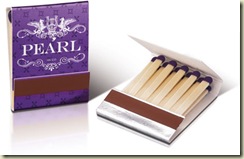

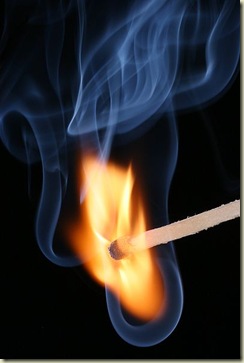
History Friction match
عود ثقاب هو قطعة صغيرة من الخشب (عادة) تحمل على أحد أطرافها رأسا من مادة كيميائية سريعة الإشتعال تكفي لإحداث شعلة نار لبضعة ثواني للسماح بإيقاد النار. يصبح بعد ذلك العود غير صالح للإستعمال. تعد الولايات المتحدة الأمريكية المنتج الرئيسي لعود الثقاب في العالم. كما أن كلا من فرنسا، والاتحاد السوفياتي (سابقا)، والسويد، لها مصانع ضخمة لإنتاج عودالثقاب. وقد اخترعت أعواد الثقاب في أوائل القرن التاسع عشر الميلادي واعتبرت أول طريقة رخيصة ميسرة لإشعال النار.
صناعة عود الثقاب
تصنع أعواد الثقاب بوساطة آلات ذاتية الحركة معقدة التصميم، تستطيع إنتاج وتعبئة أكثر من مليون عود في الساعة. تقطع الآلة أولا شرائح رفيعة من خشب أشجار الحور إلى عيدان (عيدان الثقاب). ثم تغمس العيدان في محلول يحتوي على مادة مانعة للتوهج تمنع تكون الجمر بعد إطفاء العود. تُجفف العيدان بعد ذلك وتحمل في آلات تصنيع أعواد الثقاب، وتقوم آلات تصنيع أعواد الثقاب بتعبئة العيدان في ثقوب توجد في حزام من الصفائح الفلزية وكلما امتلأ الحزام بالعيدان، فإن الآلة تغمسها في مجموعة من المواد الكيميائية. تغمس العيدان أولا في البرافين الذي يكون الأساس لحمل اللهب من الرأس إلى العود الخشبي، كما تغمس الآلة العيدان في مخلوط كيميائي يكوِّن كل من الرأس والعين على طرفي العود.
تاريخ عود ثقاب
أول عود ثقاب سريع الاشتعال بالإحتكاك هو من اختراع الكيميائي الإنجليزي جون ووكر لعام 1827
في أوائل ثلاثينيات القرن التاسع عشر الميلادي، أنتج طالب الكيمياء الفرنسي شارل ساوريا 1831 أول عود ثقاب يُشعل عند احتكاكه بأي سطح إذ احتوى رأس الثقاب على مادة الفوسفور. وسجل الأمريكي ألنزو دي فيليبس حق اختراع أول عود ثقاب فوسفوري بالولايات المتحدة الأمريكية، عام 1836 وكان دي فيليبس ينتج أعواد الثقاب يدويا ويقوم ببيعها من باب إلى باب.
Historique de L'allumette
L'allumette moderne a été inventée en 1805 par K. Chancel, assistant du professeur L.J. Thénard à Paris. Le mélange inflammable contenait du chlorate de potassium, du soufre, du sucre et du caoutchouc. Il s'enflammait lorsqu'il était plongé dans un petit flacon d'amiante rempli d'acide sulfurique. Cette sorte d'allumette, aussi onéreuse que dangereuse, ne rencontra pas un grand succès.
La première allumette inflammable par friction est l'invention du chimiste anglais John Walker en 1827. Il reprit des travaux infructueux menés par Robert Boyle, en 1680, sur l'utilisation du phosphore et du soufre. Walker mit au point un mélange de sulfure d'antimoine, de chlorate de potassium, gomme et d'amidon, qui pouvait s'enflammer en frottant sur une surface rugueuse. Les premières allumettes, brevetées par Samuel Jones, furent commercialisées sous le nom de lucifers. Elles présentaient d'importants défauts, la flamme étant instable et la réaction trop violente. De plus, l'odeur qu'elles produisaient était désagréable. Malgré ces difficultés d'utilisation, on considère que ces premières allumettes contribuèrent à l'augmentation du nombre de fumeurs
En 1831, le français Charles Sauria ajouta du phosphore blanc afin d'atténuer l'odeur. Ces nouvelles allumettes, qui devaient être conservées dans une boîte hermétique, gagnèrent en popularité. L'allemand Jakob Friedrich Kammerer fut à l'origine de leur production industrielle en 1832. Malheureusement, ceux qui travaillaient à leur fabrication furent atteints par des maladies osseuses, en particulier au niveau des mâchoires, liées à l'exposition au phosphore blanc. Après une campagne dénonçant ces pratiques, qui menaient à des infirmités graves, défigurantes et parfois mortelles, des actions législatives contraignirent l'industrie à changer de méthode et à protéger les ouvriers.
History Friction match
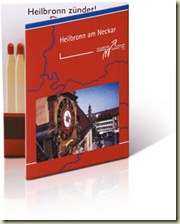 The first "friction match" was invented by English chemist John Walker in 1827. Early work had been done by Robert Boyle and his assistant, Godfrey Haukweicz in the 1680s with phosphorus and sulfur, but their efforts had not produced useful results. Walker discovered a mixture of antimony(III) sulfide or stibnite, potassium chlorate, gum, and starch could be ignited by striking against any rough surface. Walker called the matches congreves, but the process was patented by Samuel Jones and the matches were sold as lucifer matches. The early matches had a number of problems - the flame was unsteady and the initial reaction was disconcertingly violent; additionally, the odor produced by the burning match was unpleasant. It is described as a firework odor. Despite these problems, the new matches were responsible for a marked increase in the number of smokers. Lucifers reportedly could ignite explosively, sometimes throwing sparks at a considerable distance. In the Netherlands matches are still called lucifers.
The first "friction match" was invented by English chemist John Walker in 1827. Early work had been done by Robert Boyle and his assistant, Godfrey Haukweicz in the 1680s with phosphorus and sulfur, but their efforts had not produced useful results. Walker discovered a mixture of antimony(III) sulfide or stibnite, potassium chlorate, gum, and starch could be ignited by striking against any rough surface. Walker called the matches congreves, but the process was patented by Samuel Jones and the matches were sold as lucifer matches. The early matches had a number of problems - the flame was unsteady and the initial reaction was disconcertingly violent; additionally, the odor produced by the burning match was unpleasant. It is described as a firework odor. Despite these problems, the new matches were responsible for a marked increase in the number of smokers. Lucifers reportedly could ignite explosively, sometimes throwing sparks at a considerable distance. In the Netherlands matches are still called lucifers.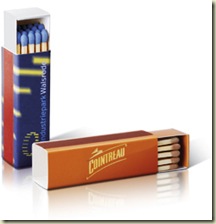
In 1830, Frenchman Charles Sauria added white phosphorus to remove the odor. These new matches had to be kept in an airtight box but were popular. Unfortunately, those involved in the manufacture of the new matches were afflicted with phossy jaw and other bone disorders, and there was enough white phosphorus in one pack to kill a person. There was a vociferous campaign to ban these matches once the dangers became known.
مواضيع مشابهة :




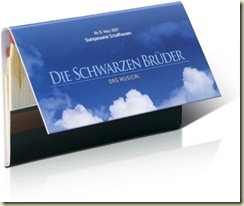
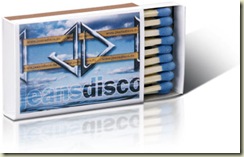

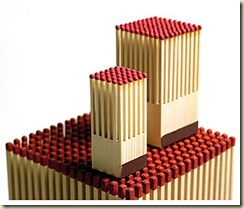

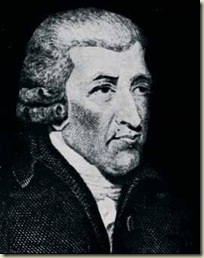
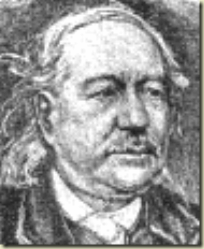
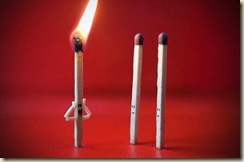
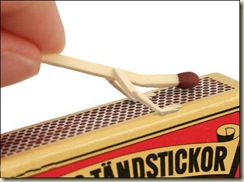


ليست هناك تعليقات:
إرسال تعليق